Retargeting is an incredibly powerful way to bring people back to your website, so that they can become customers.
The issue, however, is that many people rush, when setting up retargeting campaigns. This results in them making mistakes that lead to writing off retargeting as an ineffective tool.
This is unfortunate.
More often than not, those who aren’t benefiting from retargeting are making some mistakes that can be easily fixed.
This post will guide you through some of the common mistakes made by people who are looking to set up retargeting campaigns.
By the end of this post, you should be able to safeguard yourself from these mistakes, ensuring that you can run some of your own successful, positive ROI generating, retargeting campaigns.
Let’s begin!
Not having a purpose for your retargeting campaigns
Retargeting can be an incredibly cheap form of advertising.
But, the fact that it is cheap doesn’t mean that you should run a retargeting campaign carelessly.
Like many other forms of marketing and business in general, if you want your retargeting to work out, it’s important that you decide what you want to achieve.
Having a goal is important, because it helps to define the small, but important, details of how you’re going to set up your campaign.
You’ll know what action you want people to take and subsequent decisions on how to create ads and landing pages will be easier.
There are two things that you want to focus on, when setting goals and planning your retargeting campaigns.
First, you need decide the type of audience that you want to reach.
Many people who are new to retargeting think that it is just a tool for reaching people who didn’t buy from you in the first place.
However, there are many creative uses for retargeting.
For example, you can use retargeting to promote to people who’ve already bought from you. This type of retargeting could be in the form of upselling or reminding them to re-order.
In fact, upselling through retargeting has been found to increase conversion rates by an additional 3-5%.
Below are some of the other types of ‘audiences’ that you can target, when running a retargeting campaign.
- People who’ve visited a landing page, but have yet to input their details
- People who’ve visited product pages, but haven’t bought anything
- People who’ve bought something, but haven’t purchased the upsell/cross sell
- People who need to be ‘moved along your funnel,’ after having read a piece of content
In any case, decide what segment of your audience/website visitors you want to reach with your campaign, so that you can easily set up the targeting for your campaigns.
Second, you must decide what you want your chosen audience to do.
When you know the action that you want your audience to take, you can better hone the ‘messaging’ for your retargeting campaigns.
In doing so, you’ll be able to improve the odds of your selected audience ‘converting’ this time around, as you’re addressing what stopped them from taking the required action in the first place.
It makes sense, therefore, that your ability to guide your target audience into taking the action you want them to take depends on how well you know why they bounced in the first place.
Only then, can you truly speak to their needs and address their concerns within your ad copy and your landing page copy.
Over time, you will get better at realizing why people don’t take the actions that they were ‘supposed’ to take.
In the meantime, however, you can create retargeting campaigns that deal with the most ‘common’ reasons people might abandon their cart or decide not to buy from you.
For example, someone might not have bought a product on an ecommerce store because they found it too expensive. In a situation like this, you can run a retargeting campaign that showcases a discount for the product in question.
For what it’s worth, here is a chart, listing some of the reasons people don’t complete their purchase.
You can create a retargeting campaign around most of these issues, except, perhaps, for the one related to ‘technical problems.’
If you’re trying to convince people to opt in to receive a giveaway, you can convert people who previously ‘bounced,’ by including some social proof within your retargeting campaigns.
You could, for example, describe what results other people experienced, as a result of using your giveaway.
Not having custom ads and landing pages
I briefly touched on this above.
If you don’t make use of customization, then your ads, landing pages and retargeting campaigns won’t convert as well.
If you look at the following retargeting ads, you’ll see that there’s a variation between the ads and what they’re designed to do.
There’s a good chance that the variation in these retargeting ads exists because they’re designed to appeal to different sets of visitors, each of whom took different actions on the website.
Here’s another example –
Each of these ads hits upon varying reasons as to why people might not engage with the offer.
There’s a social proof ad, for example, that displays a user’s review of the product.
There are also several ads that state that Insightly is #1 in its field.
If you have a keen eye, you might’ve even recognized that there is a post that hits on the fears of their target audience – “If you build it, they will come. But can you keep them?”.
Different people are influenced by different things.
The ads above show how you can touch each segment of your audience in unique ways.
You also need to make sure that you’re running custom landing pages for your retargeting campaigns.
Pro tip- It is vital that you maintain a coherence between your ads and landing pages. This builds trust and helps boost conversions.
If you’re running multiple ad styles, each of which influence in a different way, you need a landing page for each style of ad.
Here is an example of how ads should match landing pages.
First, the ad:
And, here is the landing page.
Note: This isn’t a retargeting ad, but I think it explains the point of having coherent landing pages quite clearly.
Optimizely found that they could increase sign-ups 32%, for their client, Secret Escapes, by personalizing PPC landing pages, depending on which ads were driving traffic.
Below is the ad that was driving traffic.
And, this is the landing page that people were taken to, when they clicked on the ad.
It wasn’t that coherent with the ad itself. So, Secret Escapes change it so that it eventually ended up looking like this. The new landing page raised sign-ups by 32%.
So, remember, unless you want to leave money on the table, customize your ads and landing pages, depending on who you’re retargeting and how you want to influence them.
Not rotating your ads
No retargeting campaign is going to convert 100% of the people that you’re focusing on.
And so, after a while, there will be a set of people who did not convert. You’ll most likely want to target this group with a new retargeting campaign.
When targeting these people with a new campaign, you need to create new ads.
If people get used to seeing your ads, then, eventually, ‘banner blindness’ is going to set in.
This happens when people are so used to seeing your ads that your ads just blend in with all of the internet noise.
Obviously, this is bad for conversions.
Here’s data to show how click-through rates can decline over time, if an ad is left unchanged.
As you can see, CTR falls, right from the start of the campaign.
Because your target audience is going to be exposed to your set of ads a fair bit, it might be a good idea to show them a new ad every 2-3 weeks.
If you’re running a wide range of ads that each hit on a variety of objections, you might experience the blindness phenomenon a little less, in the sense that it will be slower to take hold.
You can also set a limit for the number of impressions people are shown on a daily basis, but this will just draw out the time it will take for banner blindness to take effect.
But, it will take hold and ad rotations are the only true solution.
Not bidding enough
Another mistake is not bidding enough for ads.
Retargeting is generally aimed at people who are considered ‘warm leads.’
As a result, you can afford to pay more to convert these potential customers, as the odds of success are generally higher.
In an ideal world, it helps to know the lifetime value of a customer, when deciding how much you’re going to bid on your ads, as should govern how much you spend, in order to acquire a customer.
If you find that your retargeting campaigns are producing lackluster impressions and clicks, then there is a good chance that you’re simply not bidding enough.
Raise your bids and monitor how many clicks you’re generating and how many conversions are being produced as a result.
Not controlling where your ads are shown
When running a retargeting campaign, you might want make it so that your ads are not showing on sites that could create a negative association with your brand.
If you’re running a retargeting campaign on AdWords, you’ll find that your ads will appear on a variety of 3rd party sites on the Google Display Network – especially if your bids are high.
This can result in your ads being shown on some ‘unsavory’ sites.
If you want to stop your ads appearing on certain sites, you can do so by going into the ‘Site Category options’ section of AdWords.
You can find this section by going into a Display campaign and then clicking on the ‘Display Network’ tab.
You then need to choose an ‘Ad Group’ and decide what categories you want to exclude.
Go through each of the options and then pick whatever is relevant to your campaign.
Not setting a frequency cap
Retargeting can be a great tool to get in front of people who have had a brief experience with your brand.
However, retargeting can also be a great way to turn people away from your brand, if used excessively.
Because of this, it’s important to make use of ‘frequency caps.’
Frequency caps will ensure that your targets only have a defined number of ad views within a given time frame.
Frequency caps don’t matter as much as for Facebook as they do for AdWords. If you want to set Frequency caps in AdWords, this is how you do it.
Go into the campaign that you want to adjust and click on the ‘Settings’ tab.
Then, click on ‘All settings.’
Scroll down to the bottom. There, you have the option to adjust the frequency cap for your ads.
Aside from deciding a number of impressions, you can also decide how you want frequency caps to play out over a time period –
And, you can decide how you want the frequency caps to be applied –
Pick 3-5 impressions per ad group, per day, for now. If you find that this level of impressions isn’t bringing optimal results, slowly increase your frequency.
Overwhelming yourself
Retargeting can be really complicated, if you’re new to online marketing.
There’s so much that you can do and you might be excited and want try out every possible feature/strategy right away.
However, doing so can lead to less than optimal results – you’ll begin to feel overwhelmed and bogged down by the whole process.
It is better, therefore, to pick one advertising platform and one retargeting method and go with it.
When you begin to get some great results, experiment simultaneously with another strategy, using the same ad platform.
This will increase the odds of you achieving some quick wins with retargeting while also getting better at the fundamentals.
Once you’ve set up a variety of campaigns, each of which target a different sector of your audience and influence them to do different things, you can then move on to another advertising platform.
What you’ll find is that there will be a lot of transfer, in terms of what you’ve learned. The principles of retargeting tend to remain the same, no matter what platform you’re using.
Conclusion
Retargeting is an awesome way to convert people who did not take a desired action on your site during their initial visit.
However, many marketers treat retargeting like a normal PPC campaign and they don’t get the best possible results.
Retargeting works best when you pay attention to the details. In this post, we’ve covered what some of those details are.
Pick one goal that you want to achieve with retargeting and go for it. In doing so, you’ll develop the skills to create incredible, complex retargeting campaigns in the future.
Do you have any retargeting tips you can share? Please let me know in the comments – thanks!


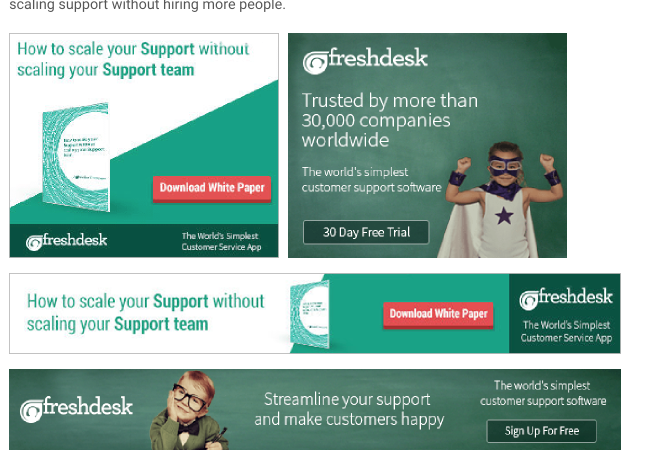
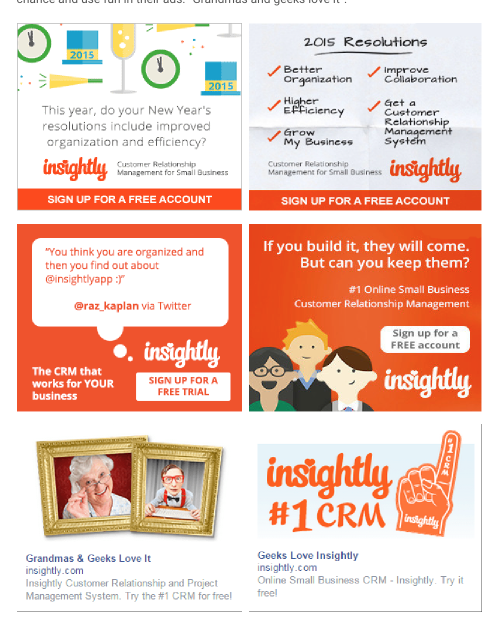
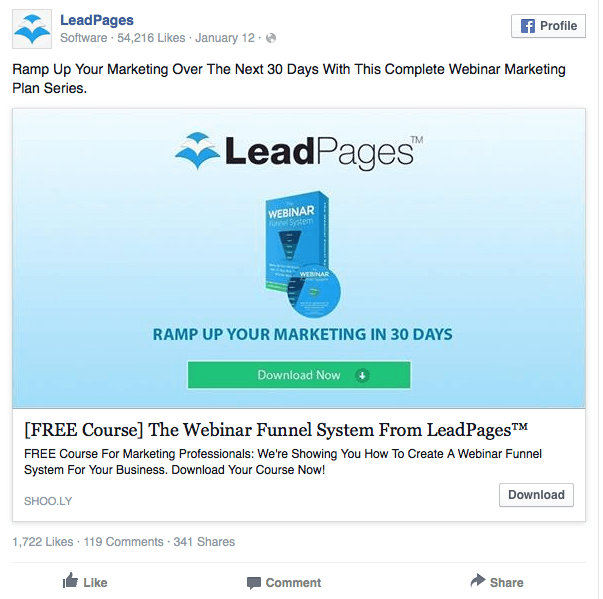


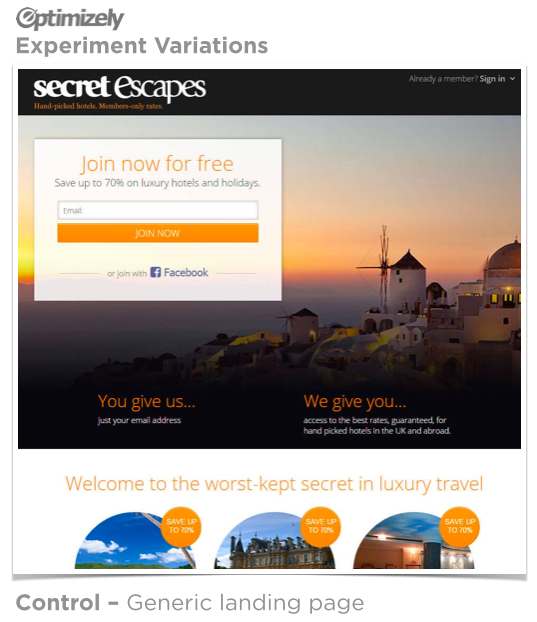

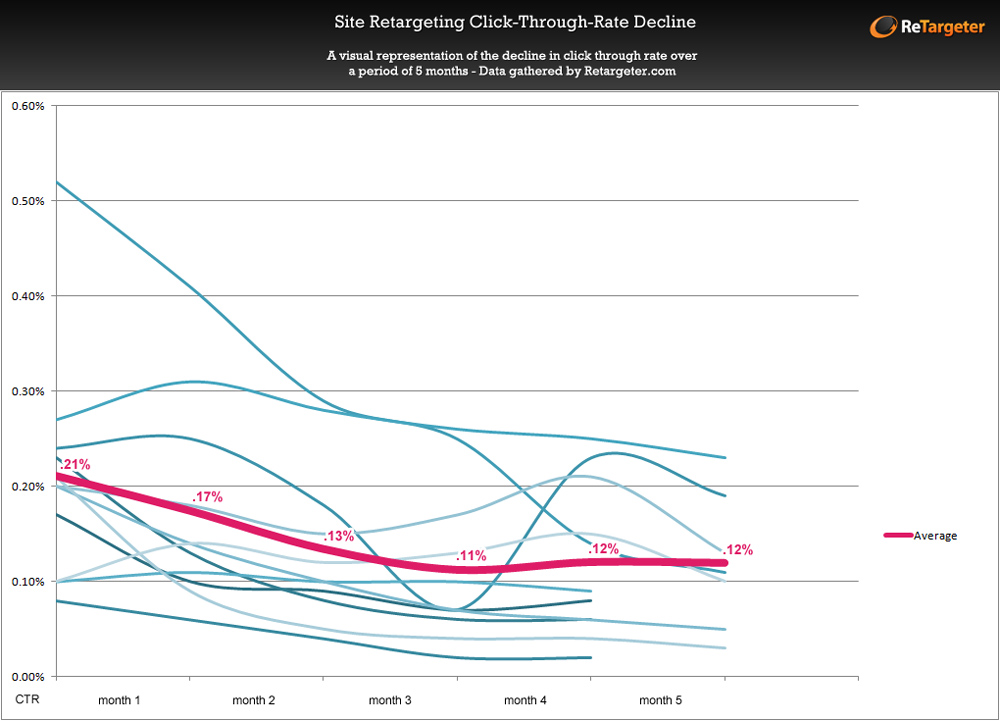
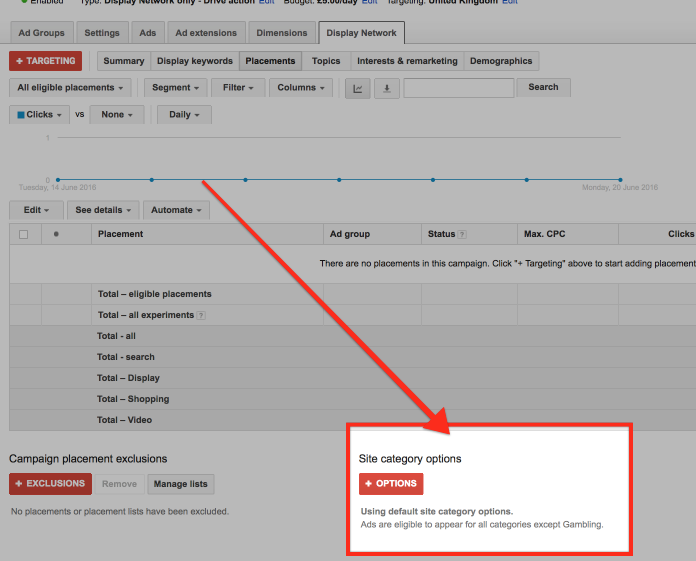
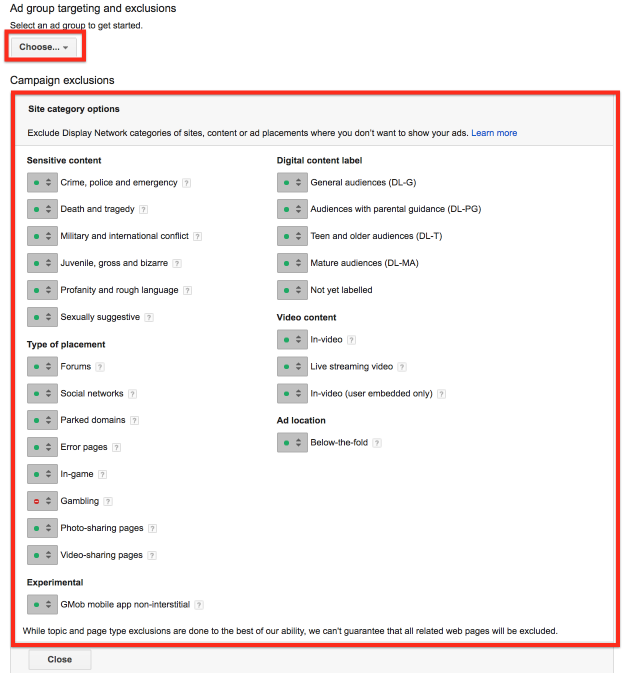


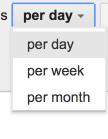
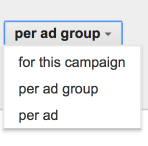
Comments (4)